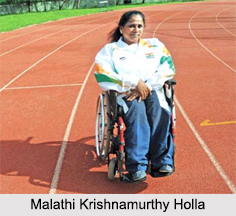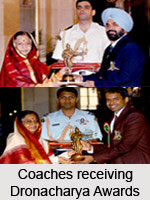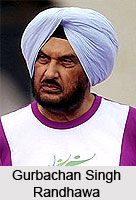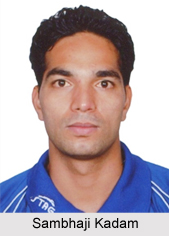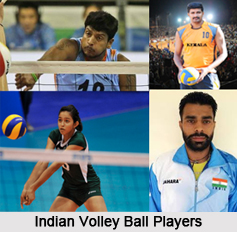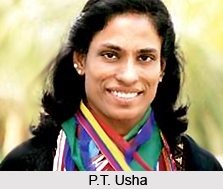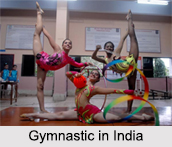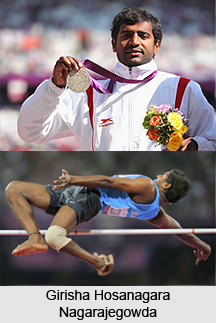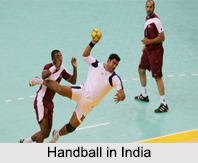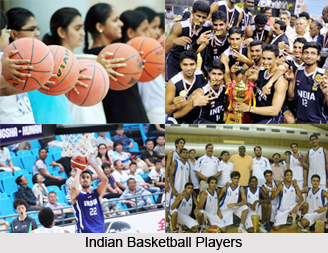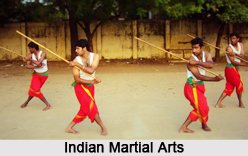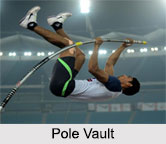 Sqay, a martial art form from Kashmir, is believed to have originated several thousand years ago. Sqay is a Persian word which means "knowledge of war". It is said that Kashmir"s King Dharyadev trained his fighters in this defensive art form. The modern form of this ancient martial art was introduced in Kashmir by Nazeer Ahmed Mir. Currently, the game is taught in twenty Indian states.
Sqay, a martial art form from Kashmir, is believed to have originated several thousand years ago. Sqay is a Persian word which means "knowledge of war". It is said that Kashmir"s King Dharyadev trained his fighters in this defensive art form. The modern form of this ancient martial art was introduced in Kashmir by Nazeer Ahmed Mir. Currently, the game is taught in twenty Indian states.
History of Sqay
The history of sqay can be traced in early days of Kashmir history however the early history of this ancient sport is limited to mythology. As per local folklores, the history goes back to several thousand years ago, as far back as the ancient Kashmiri flood myth. It is believed that the Shaivite snake-worshipping Naga people have created the art prior to the Indo-Aryan invasions, and it was later patronised by kings. The first written evidence of sqay dates to the Muslim period when writings told of sabre-fighting in Kashmir. It is said that the word sqay itself is first recorded in this period which means "knowledge of war" in Persian.
The decline of Sqay first began in the colonial period. Its popularity suffered more during the post-independence border conflict. In the 1980s, the sqay grandmaster Nazir Ahmed Mir introduced modern types of competition influenced by karate and taekwondo as he feared that the art would go extinct. The efforts of the International Council of Sqay and the Sqay Federation of India have allowed the game to be promoted on a national level.
Uniform and Props of Sqay
The participants use a stick to simulate a sword, paired with a shield. As per the International Council of Sqay`s rules, the sword is made of synthetic fibre covered in leather and it measures 2-2.6 feet long. The sword is paired with a shield measuring 9-19 inches in diameter. The colour of the official uniform is blue. The uniform sometimes comes with red or yellow piping, consisting of trousers and a cross-front jacket with a belt around the waist. Chest and head guards are worn only for sparring.
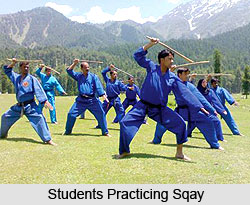 Techniques and Rules of Sqay
Techniques and Rules of Sqay
The rules and regulations of the game vary depending upon gender and age groups, such as the size of the arena or the duration of a bout. The game of Sqay involves sparring, breaking and preset routines. The matches are divided by age and weight.
Sparring - Sparring takes place in 5-6.5 metres square. The player is awarded equal to 12 points for proper form and technique to permitted targets. If he executes a move effectively but slightly incorrectly, 6 points is awarded. The player may be awarded 3 points, if he performs a move correctly but stops short of making contact. Using excessive force, even to legal scoring areas, results in a penalty or disqualification.
During the match targeting arms, legs, head and upper body are considered legal. Only strikes with the "blade" of the stick and the foot below the ankle are allowed. The eyes, groin, hips, knees and uncovered skin are off-limits. If the player drops the sword or shield or hits an area not recognized as a target, the referee can give him penalties at any time. A warning and deduction of 3 points is given for breaking a rule once, followed by a strong warning and deduction of 12 points for the second offence and a disqualification for the third. If a player achieves 36 points, he is immediately declared the winner and the match ends. Otherwise, the contestant with more points wins the match.
Generally, each bout is 3–5 minutes long but in the case of a tie it might get extended by 5–7 minutes. In the event of a tie at the end of the extended time, a sudden death round is organised. In this round, the first competitor to score a point is declared as the winner.
Breaking- The breaking of objects is used for both training and demonstration. Any item except glass may be broken, but the most common objects are boards of wood or stone. The players are judged on their technique, form, quantity of items broken, and how cleanly the items are broken. Scores are given on a scale of 10.
Preset Patterns- The preset patterns of movements are designed to improve muscle memory so the moves can eventually be performed in combat without thinking. In a competition, the preset patterns are executed in a 5-metre square. The players are judged on stance, timing and perfection of form.





